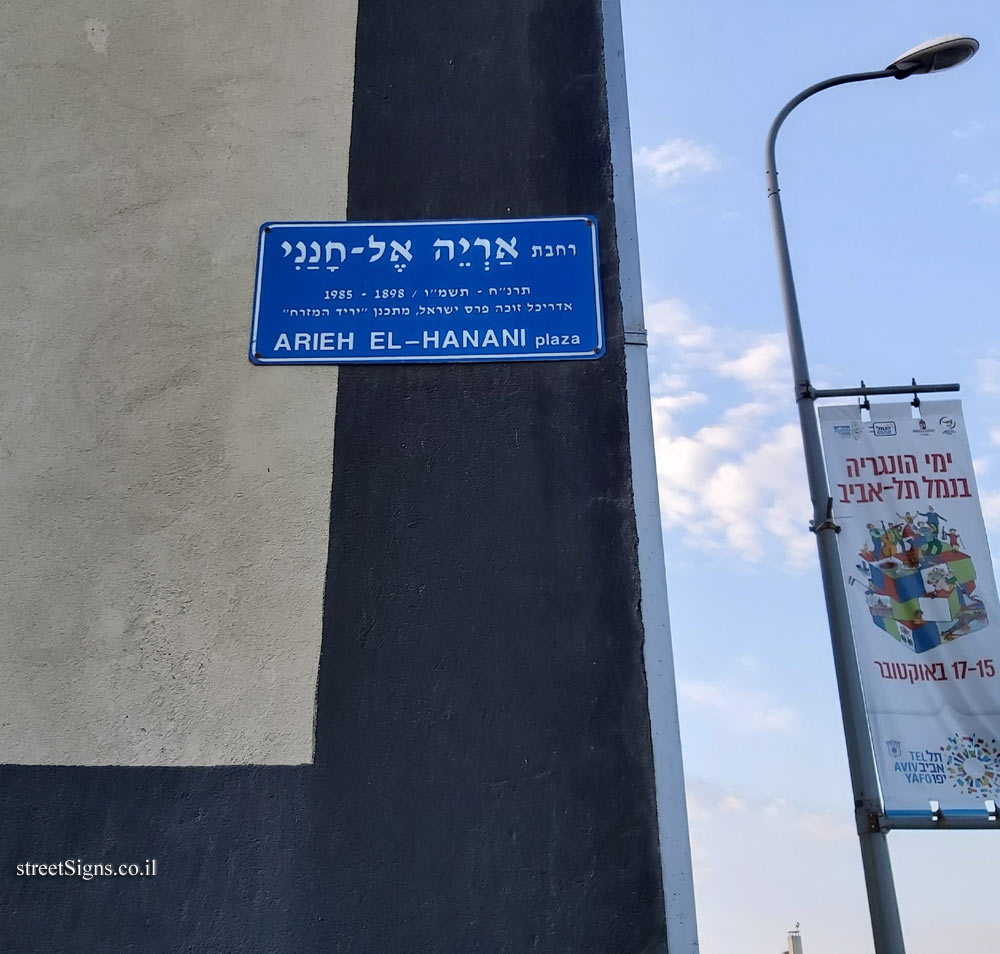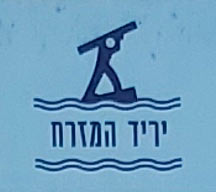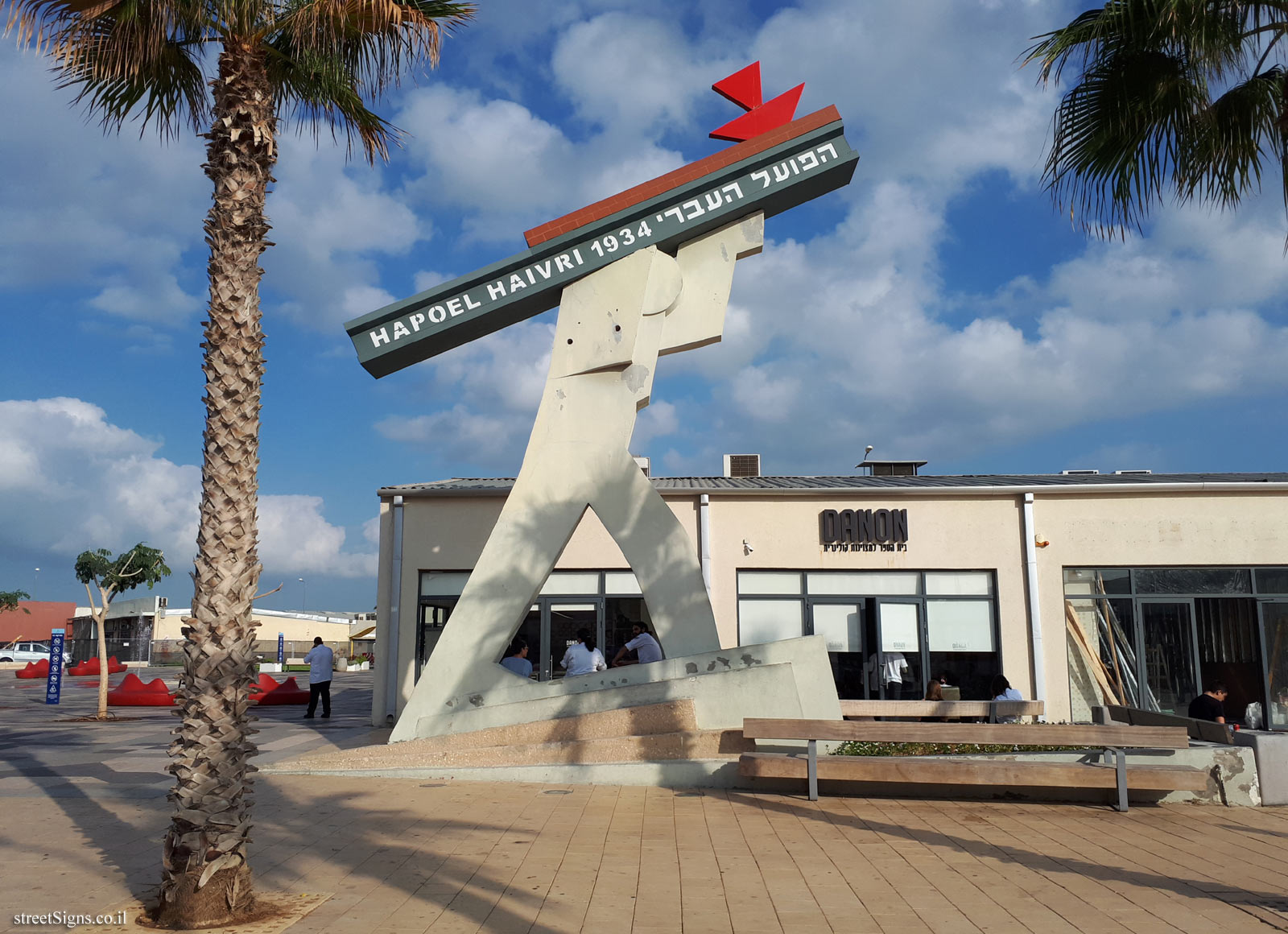Historical Background
An international exhibition held at the exhibition grounds on the Yarkon Peninsula in 1934. The fair was inaugurated in the presence of the British High Commissioner - Sir Arthur Wauchope, and Meir Dizengoff, the first mayor of Tel Aviv.
The pavilions were designed by the leading architects at the time, including Aryeh Elhanani who was even commemorated in the plaza located in the exhibition grounds
 Click for a larger image
Click for a larger image, Richard Kaufman who designed The Totzeret Haaretz Palace

And Aryeh Sharon.
The fair included pavilions of various countries, France, Italy and foreign products

, Poland, Bulgaria and Lebanon

, Israel Government Pavilion

(Where departments of the Palestinian government were presented), The Totzeret Haaretz Palace where products made by local industry were presented

, the women’s pavilion, where products necessary for women and family

were displayed, and even companies for electrical products such as Thomson Houston

.
The Levant Fair had two official symbols, both designed by Aryeh Elhanani: the flying camel emblem, and the The Hebrew Laborer symbol

, which was also restored and is today in the complex
 Click for a larger image
Click for a larger image Another fair was held in 1936, but it was limited in scope due to the Arab uprising in British rule

In 2011, the municipal company Atarim began renovating the complex and turning it into a shopping, cultural and leisure complex.
About the signs
In this series there are three types of signs:
1. Signs that are on the various pavilions and describe them, these are rectangular signs that are on the walls of the buildings, there is a picture of the original pavilion, and its description in 3 languages (Hebrew, Arabic and English)

.
2. Rectangular signs that stand on the ground, and are also used as directional signs. These signs are two-sided, with one side indicating the location of sites in the area, including a photo, and a general description of the fair (opening the fair, closing it, etc.) in 3 languages. The other side again indicates the location of sites in the area, including a map, and the location of the various pavilions

.
3. Type added in about 2011, and used mainly for marking plazas and squares, rectangular sign in Hebrew and English


 Click for a larger image, Richard Kaufman who designed The Totzeret Haaretz Palace
Click for a larger image, Richard Kaufman who designed The Totzeret Haaretz Palace  , which was also restored and is today in the complex
, which was also restored and is today in the complex  Click for a larger image
Click for a larger image